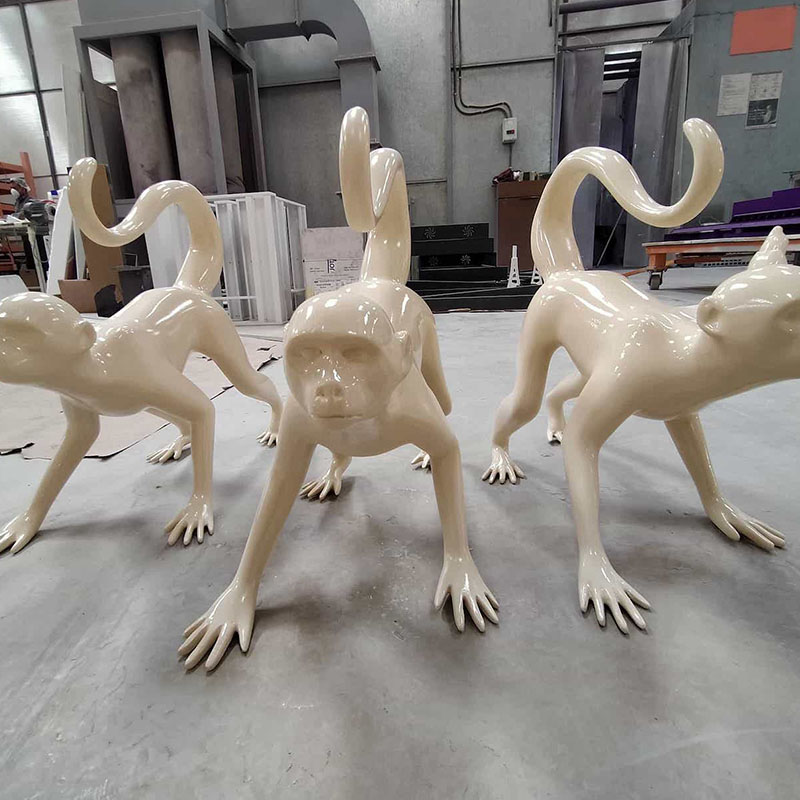The Future Of Manufacturing: A Look At 3D Printing
2 min read
3D printing, also known as additive manufacturing, has become increasingly popular in recent years, and its potential applications in manufacturing have been widely discussed. 3D printing is seen as a game-changer for the industry from prototyping to production. In this article, we’ll explore the future of manufacturing and the role that 3D printing services will likely play.
Increased customization and personalization:
One of the most significant advantages of 3D printing is its ability to produce customized and personalized products at much lower cost than traditional manufacturing methods. 3D printing makes it possible to create unique products quickly and easily without the need for expensive tooling or molds. This can revolutionize the fashion, jewelry, and footwear industries, where customization and personalization are becoming increasingly important.
Sustainability and reduced waste:
3D printing can reduce waste and significantly improve manufacturing sustainability. Traditional manufacturing methods often result in significant amounts of waste and the use of harmful chemicals and toxins. With 3D printing, materials are only used where needed, reducing waste and minimizing environmental impact. Additionally, 3D printing can use recycled materials, further reducing the environmental impact of manufacturing.
On-demand production and reduced inventory:
3D printing enables on-demand production, allowing manufacturers to produce products only when needed. This can significantly reduce inventory costs and improve cash flow for businesses. Additionally, it enables businesses to respond to changes in demand quickly and produce products in small quantities, allowing for greater flexibility in production and distribution.
Challenges and limitations:
While 3D printing has many potential advantages, several challenges, and limitations must be considered. One of the most significant challenges is the limited range of materials used in 3D printing. While the range of materials expands, traditional manufacturing methods offer a much more comprehensive selection. Additionally, 3D printing is unsuitable for all types of products, particularly those requiring high strength or durability.
The future of manufacturing will likely be defined by new technologies and innovative approaches, and 3D printing will play a significant role in this evolution. As the technology continues to advance and the range of materials expands, the potential applications of 3D printing in manufacturing are likely to grow. From increased customization and personalization to improved sustainability and on-demand production, 3D printing can revolutionize manufacturing and transform how products are made and delivered.



